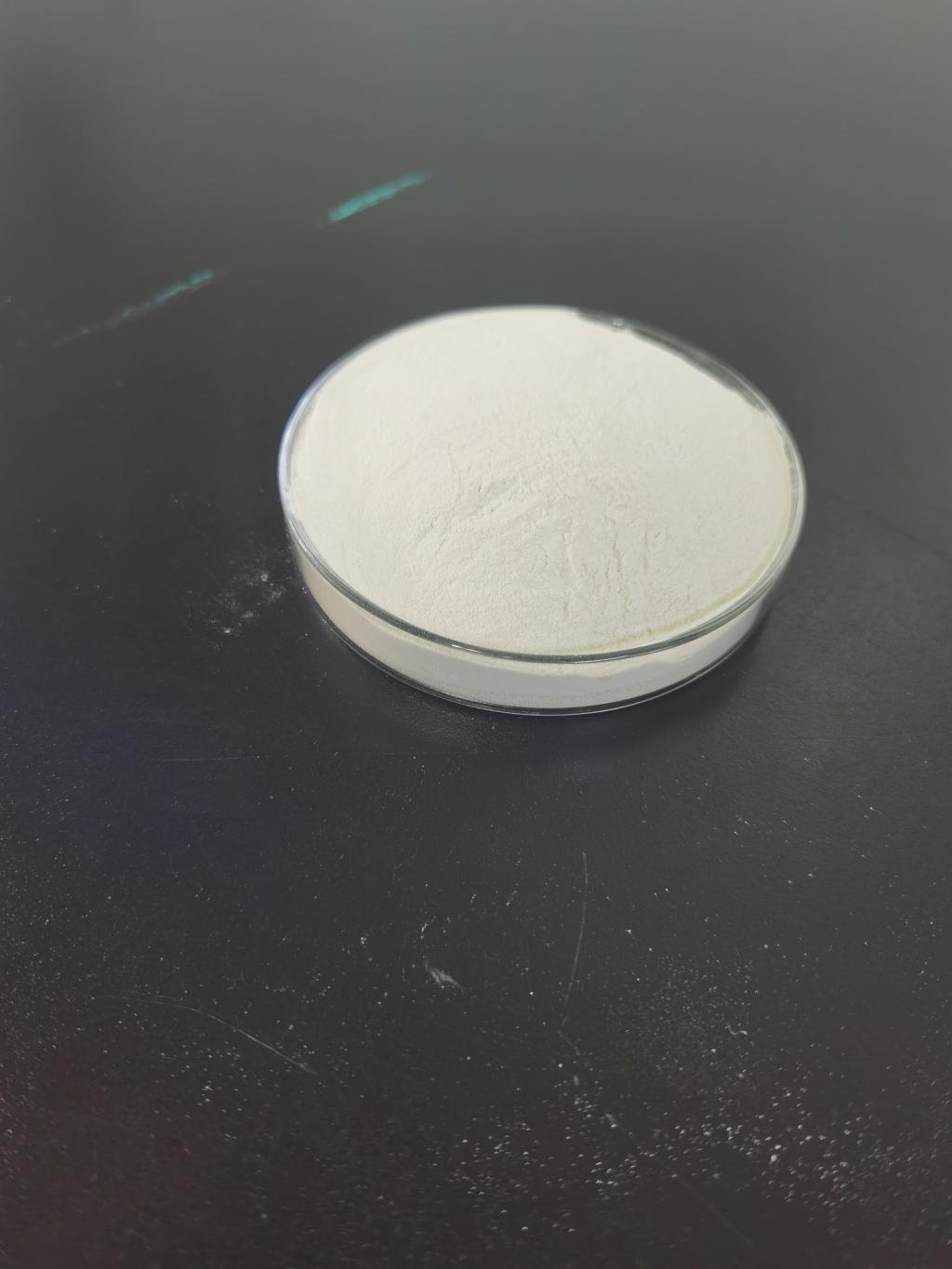Tel:+8618231198596

News
 CONTACT
CONTACT
 CONTACT
CONTACT
- Linkman:Linda Yao
- Tel: +8618231198596
- Email:linda.yao@dcpharma.cn
- Linkman:CHARLES.WANG
- Department:Overseas
- Tel: 0086 0311-85537378 0086 0311-85539701
News
Collaborative efforts to standardize Nisin usage guidelines for global food industries.
TIME:2024-04-19
The Importance of Standardizing Nisin Usage
Standardization of nisin usage guidelines is crucial for several reasons:
Ensuring Safety: Consistent guidelines help mitigate potential risks associated with over- or under-dosing of nisin, ensuring that food products meet safety standards without adverse effects on consumers' health.
Promoting Efficacy: Standardized usage guidelines facilitate optimal utilization of nisin, maximizing its efficacy in inhibiting microbial growth and extending the shelf life of food products.
Facilitating Compliance: Clear and uniform guidelines simplify regulatory compliance for food manufacturers, streamlining approval processes and reducing barriers to market entry.
Enhancing Consumer Confidence: Standardization instills consumer trust by demonstrating a commitment to quality, safety, and transparency in food production practices.
Current Initiatives in Standardizing Nisin Usage
Several organizations and initiatives are actively involved in developing and disseminating standardized guidelines for nisin usage:
International Organization for Standardization (ISO): ISO Technical Committee 34 (Food products) is responsible for developing international standards for food safety and quality. Efforts are underway to establish ISO standards specifically addressing the use of antimicrobial agents in food production, including nisin.
European Food Safety Authority (EFSA): EFSA provides scientific advice and recommendations to ensure the safety of food and feed in the European Union (EU). It evaluates the safety and efficacy of nisin and other food additives, contributing to the development of regulatory guidelines for their usage.
Food and Drug Administration (FDA): In the United States, the FDA regulates the use of food additives, including nisin, through its Center for Food Safety and Applied Nutrition (CFSAN). The FDA establishes maximum usage levels and safety standards for nisin in various food categories, promoting consistency and consumer protection.
Codex Alimentarius Commission: Codex, a joint initiative of the Food and Agriculture Organization (FAO) and the World Health Organization (WHO), develops international food standards, guidelines, and codes of practice. Codex standards serve as a reference for national and regional regulatory authorities in harmonizing food safety regulations, including those related to nisin usage.
Benefits of Global Collaboration
Collaborative efforts to standardize nisin usage guidelines offer numerous benefits to stakeholders across the food industry:
Harmonization of Regulations: Global collaboration facilitates harmonization of nisin usage regulations, reducing trade barriers and promoting consistency in food safety standards across international borders.
Knowledge Sharing and Best Practices: Collaborative initiatives enable the exchange of scientific knowledge, research findings, and best practices among stakeholders, fostering innovation and continuous improvement in food safety and quality management.
Resource Optimization: Pooling resources and expertise from multiple stakeholders enhances the efficiency and effectiveness of standardization efforts, minimizing duplication of efforts and maximizing impact.
Stakeholder Engagement and Transparency: Inclusive participation of stakeholders, including industry representatives, regulatory agencies, and consumer advocates, ensures transparency and accountability in the development of nisin usage guidelines, fostering trust and buy-in from all parties involved.
Challenges and Considerations
Despite the benefits of collaborative standardization efforts, certain challenges and considerations merit attention:
Diverse Regulatory Frameworks: Variations in regulatory requirements and approaches to nisin usage across different countries and regions pose challenges to harmonization efforts, requiring careful alignment and negotiation among stakeholders.
Scientific Uncertainty: The complex nature of microbial interactions, food matrices, and processing conditions necessitates ongoing research to elucidate the safety and efficacy of nisin in diverse applications, informing evidence-based decision-making in guideline development.
Industry Compliance and Adoption: Ensuring widespread compliance and adoption of standardized guidelines by food manufacturers requires effective communication, training, and support mechanisms to facilitate understanding and implementation of regulatory requirements.
Consumer Awareness and Acceptance: Educating consumers about the role of nisin in food production and its safety profile is essential to foster acceptance and trust in nisin-treated products, addressing potential concerns or misconceptions.
Conclusion
Collaborative efforts to standardize nisin usage guidelines represent a critical step towards advancing food safety and quality standards on a global scale. By promoting consistency, safety, and efficacy in the application of nisin across diverse food industries, these initiatives contribute to enhancing consumer protection, facilitating international trade, and fostering innovation in food production practices. As stakeholders continue to collaborate and engage in dialogue, the development and implementation of standardized guidelines for nisin usage will play a pivotal role in ensuring the safety, quality, and integrity of the global food supply.
- Tel:+8618231198596
- Whatsapp:18231198596
- Chat With Skype







